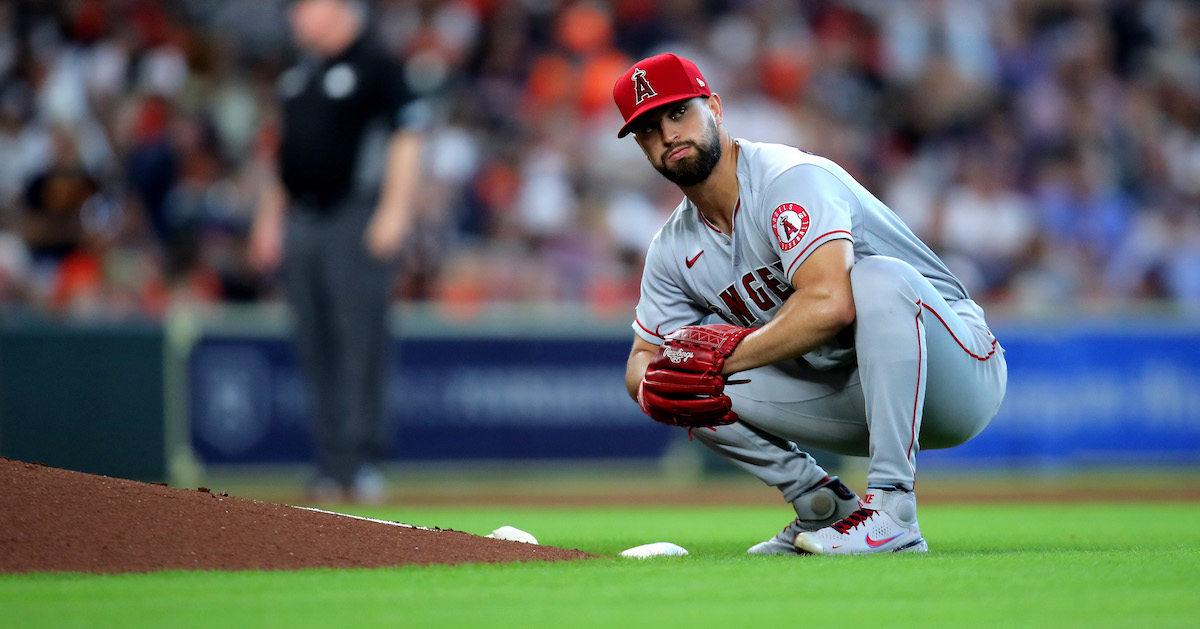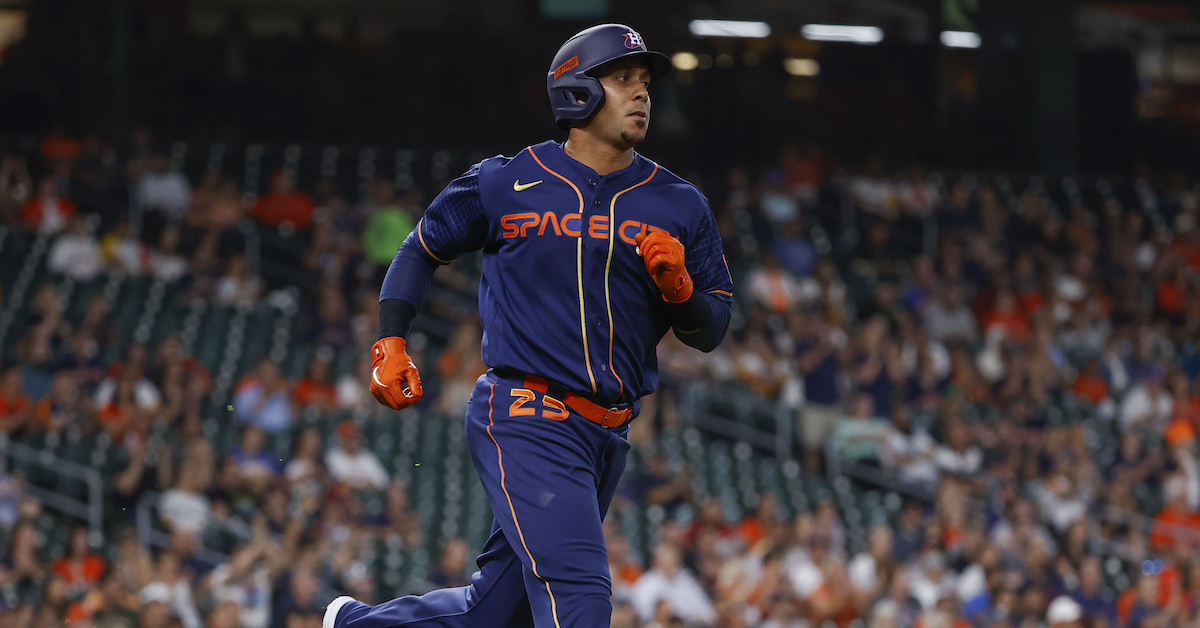Ohtani the Pitcher Has Overtaken Ohtani the Hitter

Shohei Ohtani is doing remarkable things again. The reigning AL MVP has been on an exceptional run as a pitcher lately, not only making a bit of history but also bolstering his cases to start the All-Star Game and to win additional hardware. While his hitting was the more amazing of his two endeavors in 2021, his improvements on the mound have pushed him into new territory.
On Wednesday night, Ohtani threw seven innings of two-hit ball against the Marlins, striking out 10 and allowing just one unearned run. That run came in the first inning, as the fans in Miami (they do have those, right?) were still settling into their seats. Jon Berti reached on a throwing error by shortstop Luis Rengifo, took third on a Joey Wendle double, and scored on a Garrett Cooper sacrifice fly. The run ended Ohtani’s streak of scoreless innings at 21.2, the longest of his career, but from there he cruised. He didn’t allow a hit after giving up a one-out single in the second to Miguel Rojas and retired 15 straight batters from that point until he walked Jesús Sánchez with one out in the seventh. For good measure, Ohtani also drove in the go-ahead runs via a two-run single off Trevor Rogers and later walked, stole a base, and scored another run. Nobody has had a game like that in at least the last century.
With his 10 strikeouts, Ohtani reached double digits for the third game in a row, something he’d never done before in his stateside career, and something only one other pitcher (Corbin Burnes) has done this season; six pitchers did it last year, with two (Shane Bieber and Robbie Ray) putting together four-game streaks. Over his past four starts, Ohtani hasn’t allowed a single earned run and has struck out 40 batters, something only seven other pitchers have done (one of them twice) since 1913, the year that earned runs became an official stat:
| Pitcher | Team | Start | End | IP | SO |
|---|---|---|---|---|---|
| Ray Culp | BOS | 9/13/1968 | 9/25/1968 | 36.0 | 43 |
| Chan Ho Park | LAD | 9/19/2000 | 4/2/2001 | 32.0 | 41 |
| Johan Santana | MIN | 9/3/2004 | 9/19/2004 | 29.0 | 41 |
| R.A. Dickey* | NYM | 6/2/2012 | 6/18/2012 | 34.1 | 42 |
| Clayton Kershaw | LAD | 6/18/2014 | 7/4/2014 | 32.0 | 44 |
| Clayton Kershaw | LAD | 7/8/2015 | 8/1/2015 | 34.0 | 45 |
| Chris Sale | BOS | 7/11/2018 | 8/12/2018 | 24.0 | 43 |
| Max Scherzer* | WSN | 8/26/2021 | 9/12/2021 | 29.2 | 41 |
| Shohei Ohtani* | LAA | 6/16/2022 | 7/6/2022 | 26.2 | 40 |
That’s some pretty cool company, even if the list heavily skews towards the recent past thanks to ever-increasing strikeout rates — so much so that Ohtani required fewer innings to complete the feat than all but one pitcher (Sale). It’s also worth pointing out that none of the aforementioned hurlers were regularly taking their cuts as hitters on the days they weren’t pitching. Read the rest of this entry »







